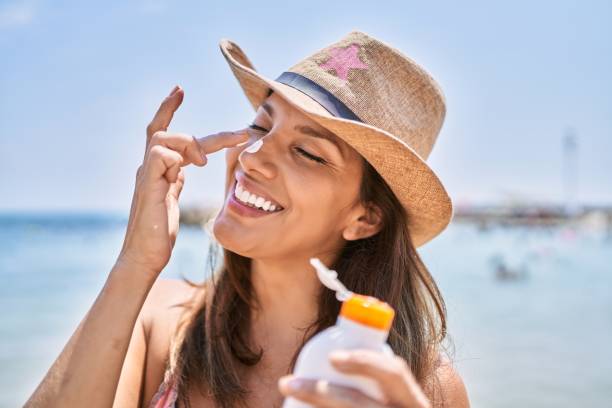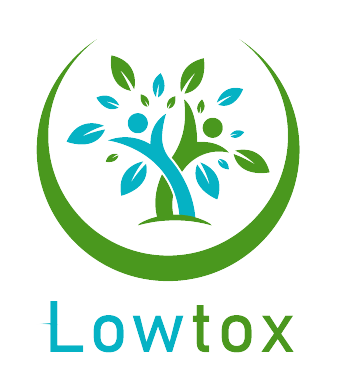The Importance of Choosing Non-Toxic Sunscreen
Sunscreen is essential for protecting our skin from the harmful effects of UV rays, reducing our risk of sunburn, skin aging, and skin cancer. However, not all sunscreens are created equal, and some can contain ingredients that may pose a risk to our health and the environment. Non-toxic sunscreens offer a safer alternative, using ingredients that are less likely to cause harm while still effectively blocking UV rays. In this in-depth guide, we’ll explore the reasons behind choosing non-toxic sunscreens, what ingredients to avoid, and some of the best products on the market today.
Why Choose Non-Toxic Sunscreen?
The move towards non-toxic sunscreen is fueled by concerns over certain chemicals commonly used in traditional sunscreens. Ingredients such as oxybenzone, octinoxate, homosalate, octocrylene, and avobenzone, among others, have been under scrutiny. Studies suggest that some of these chemicals can cause coral bleaching and are potentially harmful to marine life when they wash off our bodies into the ocean. Moreover, there are concerns about possible hormonal disruptions and skin allergies in humans.
Non-toxic sunscreens typically use mineral-based ingredients like zinc oxide or titanium dioxide as their active components. These minerals act as physical blockers that sit on the skin’s surface and reflect away UV rays. Unlike chemical filters, they don’t penetrate the skin, which minimizes health risks and makes them ideal for sensitive skin, including children and pregnant women.
Ingredients to Avoid in Sunscreen
When selecting a non-toxic sunscreen, it’s crucial to know which ingredients should be avoided. Here’s a list of common harmful chemicals found in some conventional sunscreens:
-
- Oxybenzone and Octinoxate: Known for their potential to disrupt endocrine activity and environmental hazards, especially to coral reefs.
-
- Homosalate: Suspected of disrupting hormones and potentially increasing the absorption of pesticides in the body.
-
- Octocrylene: Can degrade into potentially harmful by-products when exposed to UV radiation.
-
- Parabens: Used as preservatives; suspected of disrupting hormone function.
-
- Phthalates: Another group of chemicals used in personal care products that are believed to disrupt the hormonal system.
Instead, opt for sunscreens that feature “broad spectrum” protection using non-nano zinc oxide or titanium dioxide, which are safer for both human health and marine life.
Evaluating Sunscreen Efficacy
While focusing on the safety of sunscreen ingredients, it is equally important not to compromise on the efficacy of the sunscreen. The sunscreen should offer broad-spectrum protection against both UVA and UVB rays. SPF (Sun Protection Factor) is a measure of the sunscreen’s ability to prevent UVB from damaging the skin. A broad-spectrum sunscreen with an SPF of at least 30 is recommended for effective protection.
Top Non-Toxic Sunscreens on the Market
Here are some of the best non-toxic sunscreens based on efficacy, safety of ingredients, and user reviews:
ThinkSport Safe Sunscreen SPF 50+
-
- Known for its water resistance and broad-spectrum protection, ThinkSport uses non-nano zinc oxide as its active ingredient. It’s also free from harmful chemicals and is a top choice for athletes and those leading an active lifestyle.
Badger Active Mineral Sunscreen Cream SPF 30
-
- This sunscreen uses only simple, natural ingredients and non-nano zinc oxide. It’s biodegradable and environmental-friendly, making it a safe choice for both your skin and the planet.
Blue Lizard Sensitive Mineral Sunscreen SPF 30+
-
- Popular among families, this sunscreen is free from skin-irritating chemicals, parabens, and fragrances. Its bottle turns blue in harmful UV light, serving as a helpful reminder to apply protection.
Coola Mineral Sun Silk Creme SPF 30
-
- This lightweight and silky sunscreen not only protects the skin but also contains plant-derived antioxidants to combat free radicals. It’s ideal for daily use under makeup
Beautycounter Countersun Mineral Sunscreen Lotion SPF 30
-
- This lightweight and sheer lotion uses non-nano zinc oxide and antioxidant-rich ingredients to provide broad-spectrum protection. It’s suitable for all skin types and is highly rated for its clean, sustainable ingredients.
Conclusion
Choosing the right non-toxic sunscreen is crucial for both personal health and the environment. By avoiding harmful chemicals and opting for mineral-based options, consumers can protect their skin effectively while also being conscientious about their impact on nature. With a range of products available today, finding a non-toxic sunscreen that suits your needs and preferences has never been easier. Remember, the best sunscreen is the one you will use consistently, so choose a product that feels good on your skin, fits your lifestyle, and provides safe and effective protection.













